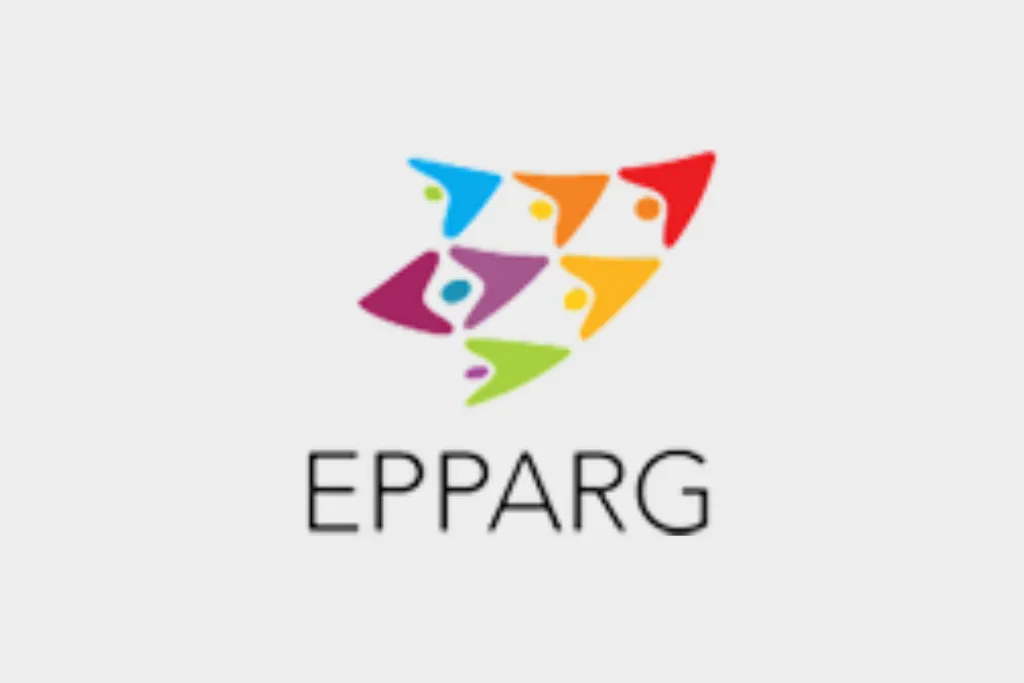Industry group the European Pensions and Property Asset Release Group (EPPARG) and consultants EY have today published the third edition of their Global Equity Release Survey Report.
The report predicts sustained growth over the next 10 years, despite economic headwinds, with the market more than doubling in size. The global market is expected to reach $56bn by 2035, compared to current volumes of $17bn.
The report, which covers the period 2024/2025, analyses data received from market leaders across 13 countries internationally across Europe, North America and Australia with established or developing equity release markets and explores their growth potential.
The key findings of the survey include the following:
- Global equity release markets continue to be resilient, despite challenging market conditions.
- Over $17bn of equity is currently released each year for homeowners, among the countries analysed. This is set to rise significantly by 2035, when the global equity release market is expected to reach $56bn in annual releases.
- Banks continue to be the most common source of financing for equity release mortgages globally, as in previous years, followed by insurance companies, securitisations and debt.
- Lifetime mortgages remain the most common type of equity release, which are available in the majority of countries covered by the survey, followed by home reversion schemes.
- Equity release products are typically available to customers from the age of 55 or 60 years old, with a mix of fixed and variable rates offered. There is face-to-face contact with the customer in most countries.
- Lump sum products continue to be the most popular product globally, while annuity and drawdown products are available in a number of countries. Combination products, of lump sum and annuity, are starting to emerge in some European countries.
- A lack of knowledge and awareness of the product was regarded as the primary barrier to future growth, followed by funding challenges, notably in European countries, and higher interest rates. It was noted that there is a need to educate both consumers and industry professionals about the benefits and options in the market.
- In markets where a lack of funding is the bottleneck, there was a call for institutional investors to enter the space.
“The survey results highlight that the global opportunities for equity release markets remain strong and that it continues to offer significant growth potential,” said Steve Kyle, Secretary General of EPPARG.
“In terms of the drivers of demand, we believe that the challenges of ageing populations in many countries will lead to unsustainable social, economic and intergenerational burdens. We consider that part of the solution is the development of a safe equity release market. A key role in that development is to ensure there are consumer-focused industry standards, which not only protect consumers, but also contribute to an enabling environment to foster innovation and encourage the involvement of new entrants and socially aware funders and investors.
“The challenges or barriers for equity release, in Europe and beyond, remain raising awareness, ensuring that property assets are part of the pension planning process and getting the funding models aligned to meet future demand, since a lack of funding remains a major barrier to growth in a number of European countries,” he added.
“The global equity release market has the potential to transform the retirements of thousands of people around the world. To unlock the potential, the market needs to deepen and more fully establish cross-border collaboration by sharing funding models and sources and developing better practice customer standards. The progress that has been made to date is encouraging, and we look forward to working with clients around the world and supporting further growth and expansion,” said Ben Grainger, Partner at EY.

